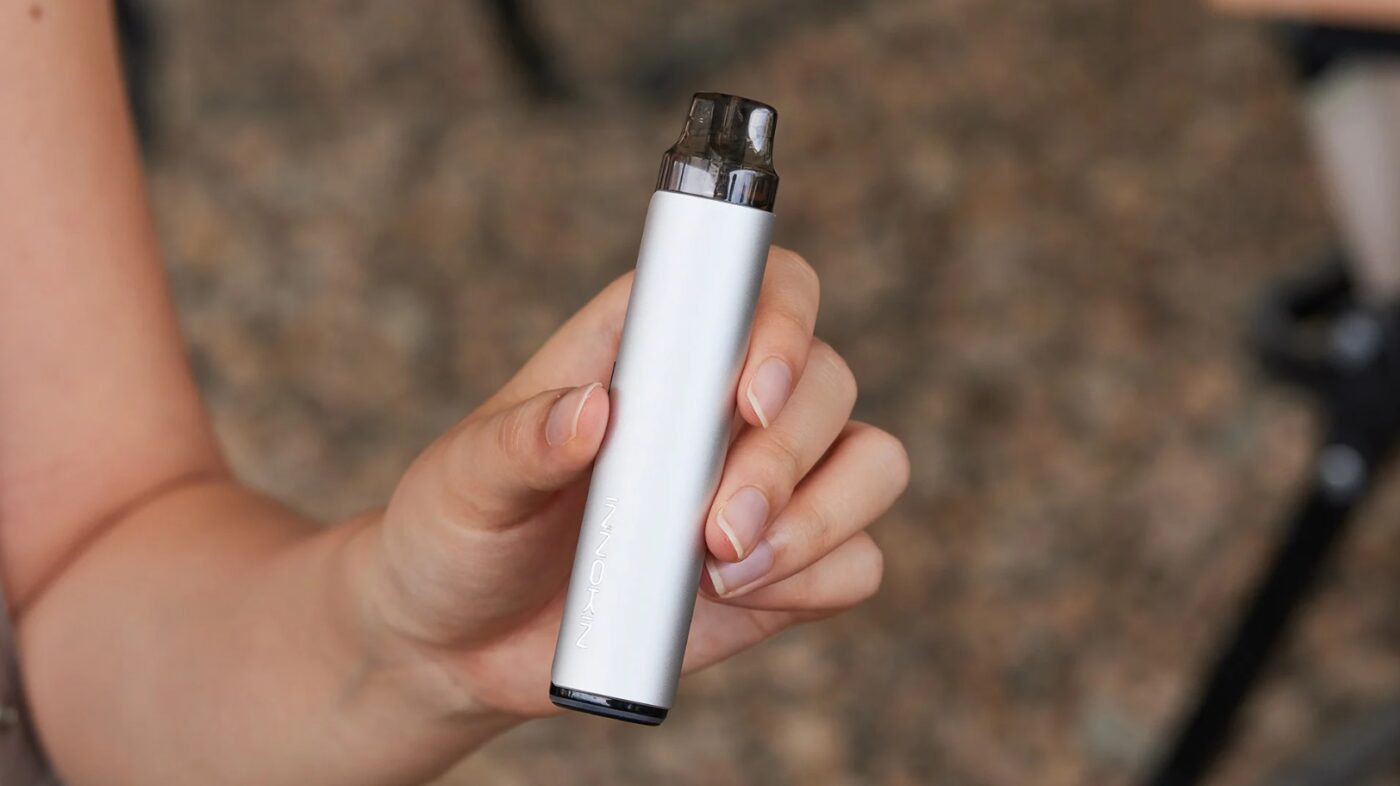The Inner Workings of Vaping Devices

Vapes have long been surrounded by controversy, both positive and negative. Since their inception as a smoking cessation aid, there have been numerous debates, allegations, studies, and scientific findings from both proponents and critics. Despite these discussions, many people remain unclear about how vapes operate and how they differ from traditional cigarette smoking.
In this article, we’ll explore the mechanics of electronic cigarettes, covering their production process from manufacturing to packaging.
How Do Vapes Work?
For many vapers, the technical details of e-cigarettes might not be a major concern. However, for those interested in the specifics, the operation of an electronic cigarette is relatively straightforward. It involves heating a liquid known as e-liquid or vape juice until it turns into vapor, which is then inhaled similarly to cigarette smoke. The process begins when the user activates the device, either by pressing a button or, in some vape pens, by inhaling through the mouthpiece. This action triggers the device’s battery to supply power to a heating element called a coil, located in the atomizer. The coil, made of resistive wire, heats up due to the electrical current, causing the e-liquid to vaporize. The resulting vapor is then inhaled, which is why vaping can seem similar to smoking.
Although the technical details of electronic nicotine livraison systems might seem complex, the basic operation is as simple as pressing a button to produce a cloud of vapor.
Understanding the Components of a Vape: A Breakdown
Vapes come in various designs and sizes, but their core components are consistently the same. These essential parts include the battery, atomizer, coil, e-liquid tank, and mouthpiece.
- Battery: Serving as the powerhouse of the vape, the battery is crucial for its operation. Modern vapes typically feature rechargeable lithium-ion batteries, known for their efficiency and long lifespan. These batteries provide stable power output, ensuring a consistent vaping experience. Many vapes now offer adjustable power settings, letting users tweak the voltage or wattage to customize their vaping intensity.
- Atomizer: The atomizer is the component that contains the coil and often includes a wick to soak up the e-liquid. It acts like a catalyst, heating the coil to vaporize the liquid. When activated, it transforms the e-liquid into vapor for inhalation.
- E-Liquid Tank: The vape tank holds the e-liquid, which is delivered to the wick. E-liquids are carefully regulated to ensure safety, with common ingredients including propylene glycol (PG), vegetable glycerin (VG), flavorings, and nicotine. The PG to VG ratio influences the vapor’s density and flavor strength, allowing users to personalize their experience. Tanks come in various sizes, from compact options to larger ones that reduce the frequency of refills.
- Mouthpiece: The mouthpiece is where the vapor is inhaled. It can be made from materials like plastic, metal, or glass and comes in different shapes to suit user preferences. The design of the mouthpiece affects the draw resistance and overall comfort, enhancing the vaping experience.
In summary, vaping technology has evolved significantly over time. From its initial designs to the advanced disposable vapes of today, these innovations have greatly improved the efficiency and enjoyment of e-cigarettes.


Inside a Vape: A Visual Breakdown
For those who find it challenging to visualize vape components, imagine looking at a vape in cross-section. At the base, you’ll find a cylindrical battery snugly housed within the device. Just above the battery, the atomizer is connected via wires. Inside the atomizer, the coil wraps around a wick, which heats up to turn the e-liquid into vapor. The tank encases the atomizer and holds the e-liquid. Finally, the mouthpiece sits at the top, designed for easy and comfortable inhalation.
Understanding Vape Components: A Simple Guide
If you’re still a bit unclear about the parts of a vape, here’s a straightforward guide to its key components and their functions:
- Battery: Supplies power to heat the coil. In rechargeable vapes, safety features prevent overcharging or overheating.
- Atomizer: The core component where the coil and wick work together to vaporize the e-liquid.
- Coil: Made of resistive wire, it heats up when electricity flows through it, turning e-liquid into vapor.
- Wick: Typically crafted from cotton, silica, or ceramic, it absorbs e-liquid from the tank and delivers it to the coil.
- Tank: Stores the e-liquid and its ingredients, such as propylene glycol. Often made of glass or plastic, it can be refilled in many models.
- Mouthpiece: The part through which you inhale, designed for comfort and efficient vapor delivery.
What’s Inside a Vape Pod?
Vape pods have become a favorite choice for many vapers, from beginners to seasoned users, due to their ease of use and compact design. These devices often come with pre-filled or refillable pods rather than traditional tanks, making them straightforward and convenient.
Inside a vape pod, you’ll find the core elements of a vaping system, but in a more streamlined form. The device typically includes an integrated battery for simplicity. The pod contains the e-liquid, a coil, and sometimes a mouthpiece. The coil and wick inside the pod work similarly to those in vape pens, heating the e-liquid to produce vapor.
What makes vape pods stand out is their user-friendliness—when the pod is empty or the coil needs replacing, you simply swap out the old one. Additionally, vape pods can generate more vapor compared to other vaping devices, which is particularly appealing to those seeking a stronger nicotine hit.
For those who have transitioned from smoking to vaping, pods can offer a familiar sensation similar to traditional cigarettes. Many pods use nicotine salts, which provide a smoother and more satisfying nicotine experience, often preferred over regular nicotine.
The nicotine content in vape pods varies by device and brand, so it’s important to check the specifications for each model.
The Vape Manufacturing Journey: From Concept to Consumer
The creation of vapes involves a highly specialized and technical process, often of interest only to those entering the vape industry. The journey begins with the conceptual phase, where engineers and designers collaborate to develop a vape that is both functional and visually appealing. They outline the design specifications, dimensions, aesthetics, and other features that might come into play. Once the design is finalized, the production phase commences.
Production begins with sourcing materials such as stainless steel, glass, and various plastics. The battery, usually a lithium-ion cell, is either manufactured or purchased, and subjected to safety and performance testing. The atomizer components, including the coil and wick, are meticulously assembled either manually or by automated machinery to ensure they meet quality standards.
Subsequently, the tanks and pods are produced by molding plastic or glass. These components are then assembled into the finished vape device. However, the process doesn’t end with assembly. Each device undergoes thorough testing to verify its functionality and safety.
Once the testing phase is complete and all results are satisfactory, the devices are packaged and prepared for distribution to retailers and consumers. This detailed manufacturing process is common to various vape products, including vape mods and kits.
If you’re looking to purchase vapes at the lowest price, consider contacting the manufacturer directly. While they typically engage in wholesale transactions and may not sell individual units, gaining insight into their processes could be beneficial.


Common Inquiries
How Does a Vape Operate?
A vape functions by heating a liquid until it transforms into vapor. This involves a battery powering a coil that gets hot enough to vaporize the e-liquid. Users then inhale the vapor through the mouthpiece.
What Components Make Up a Vape Device?
A typical vape device consists of several key parts: a battery, atomizer, coil, wick, tank, and mouthpiece. Each component plays a distinct role in the process, from powering the device to delivering the vapor.
How Does Vaping Work?
Vaping relies on an electrical process where a battery sends power to a coil. The coil heats up, vaporizing the e-liquid, which is then inhaled by the user. This process replicates the experience of smoking but without combustion, generating vapor rather than smoke.
What Is the Design of a Vape?
A vape is designed with a battery at the bottom, an atomizer positioned above it, a tank encircling the atomizer, and a mouthpiece at the top.
Conclusion
While the science behind vapes can be intricate, it’s not necessary to understand every detail to enjoy the experience. Sometimes, it’s best to simply appreciate the device and its function without getting too bogged down by the technical specifics. For a reliable and top-notch vaping experience, consider trying the Runfree 9000 Disposable Vape.


